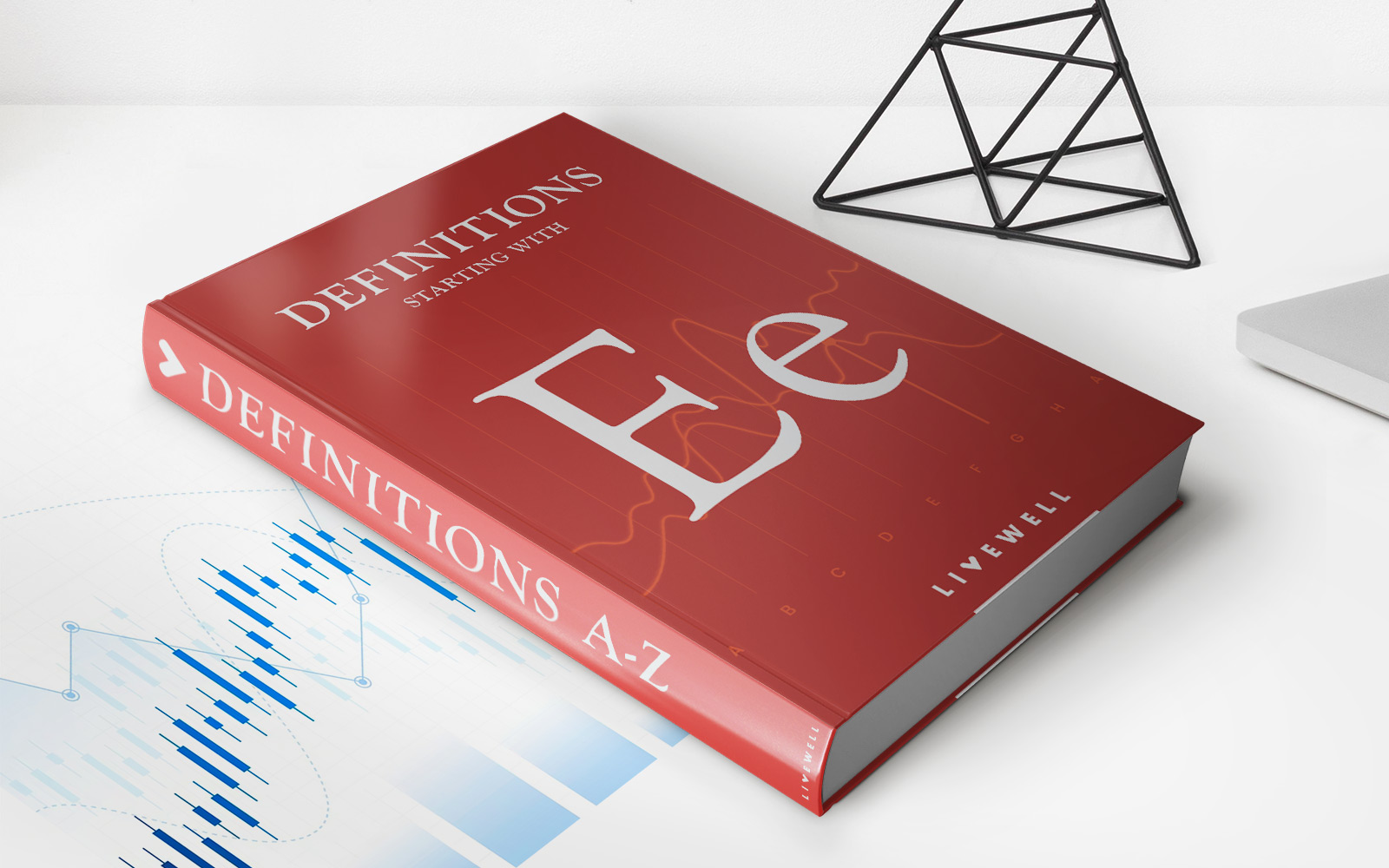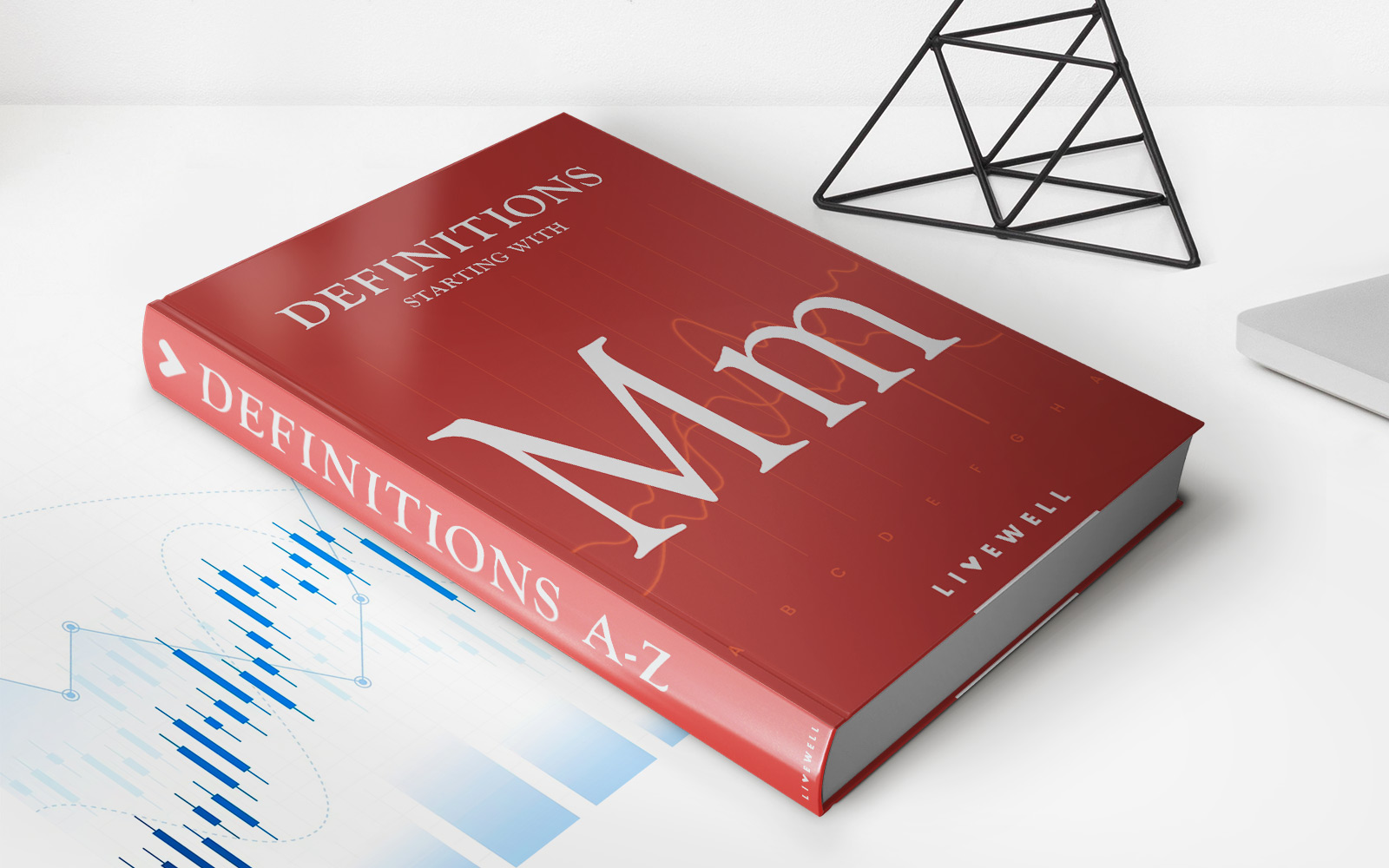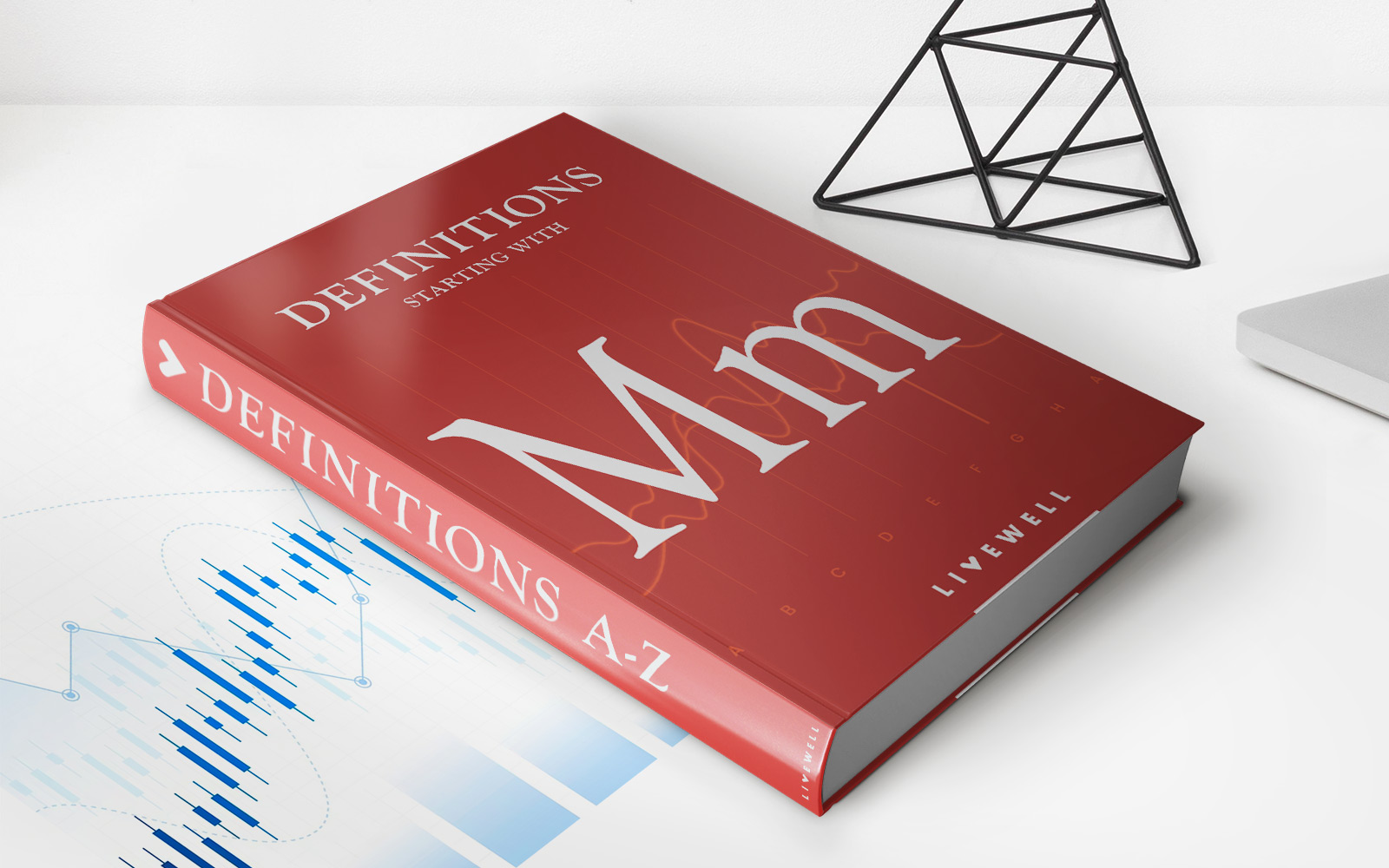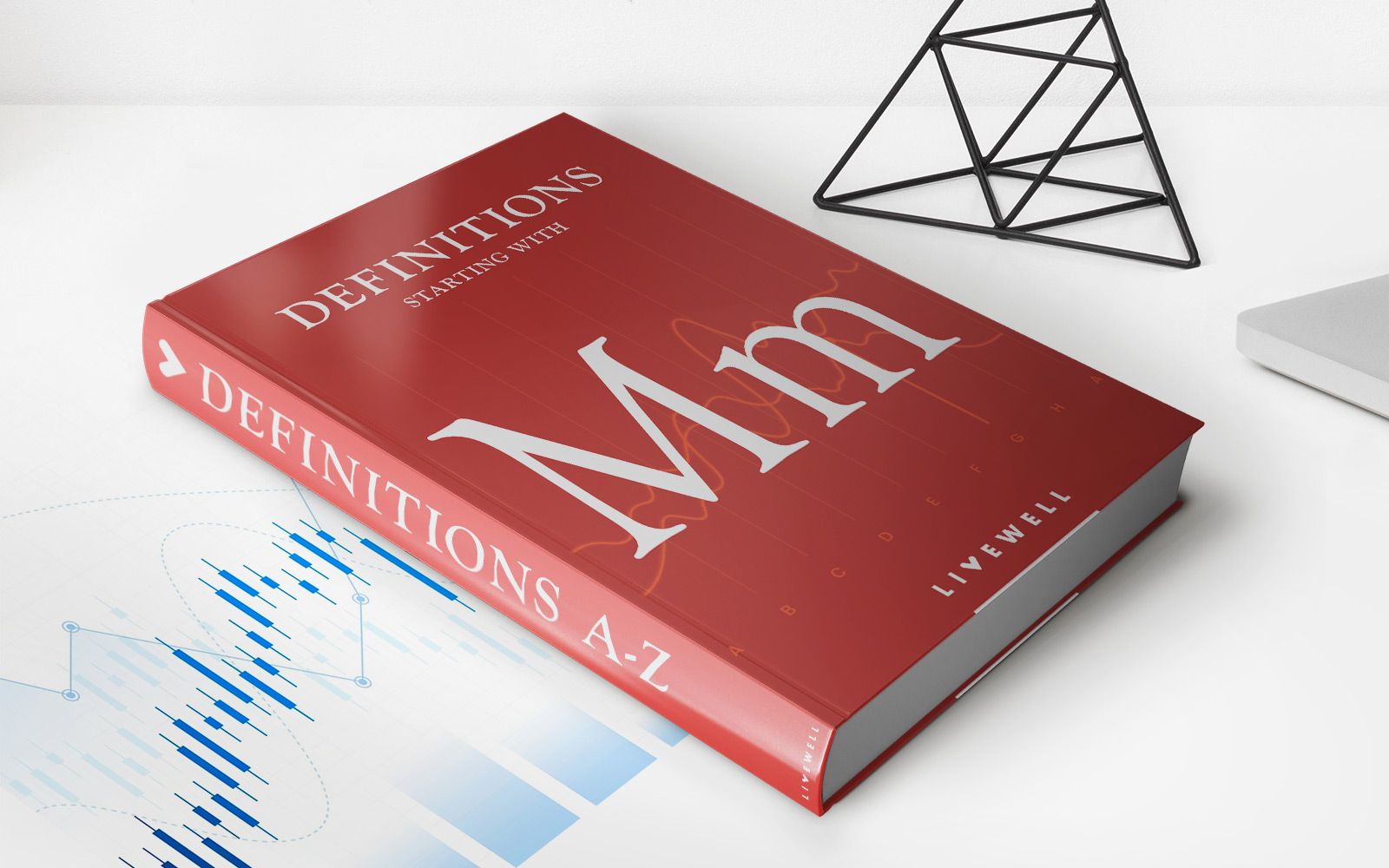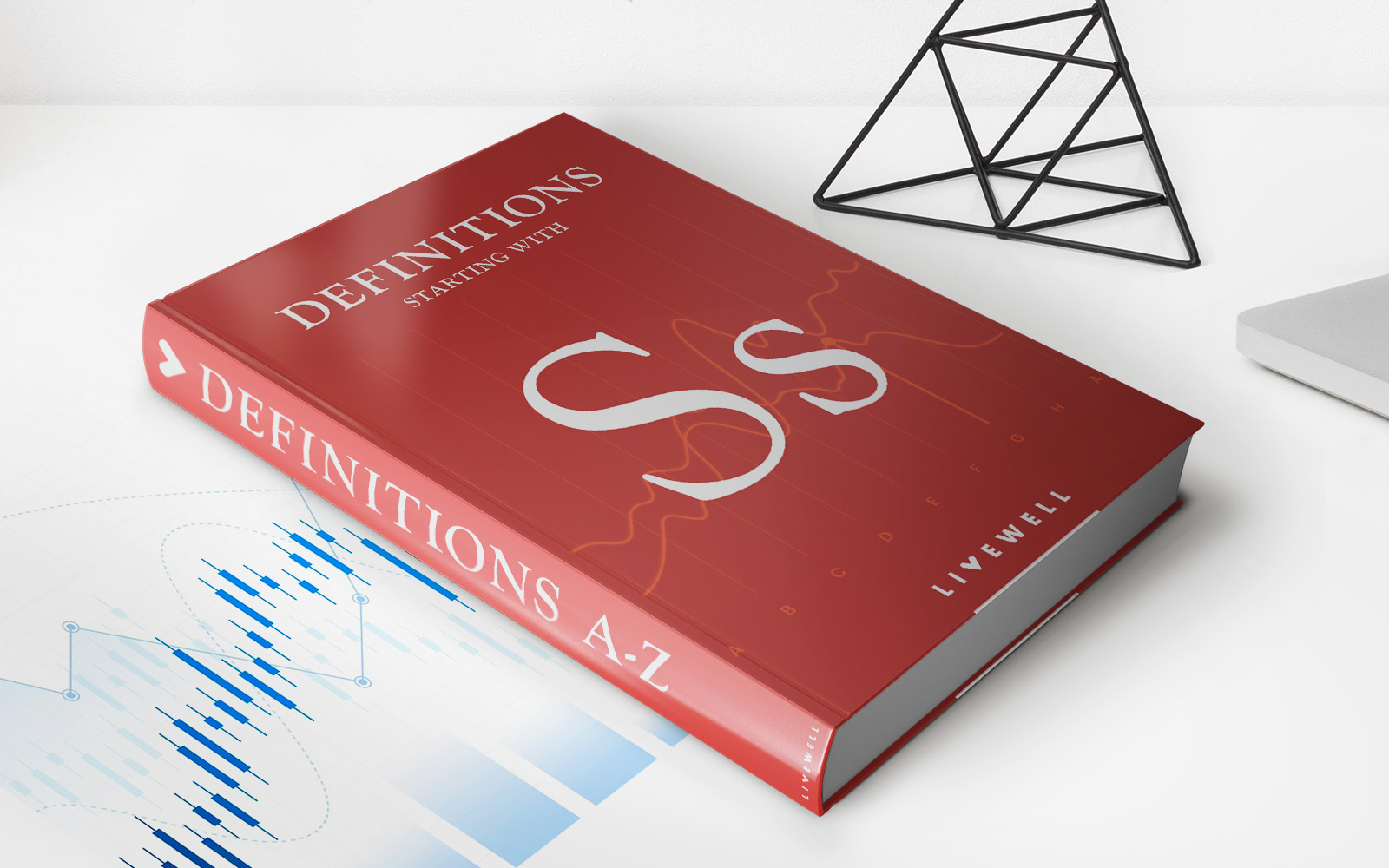Home>Finance>Constant Maturity Swap (CMS): Definition And Examples


Finance
Constant Maturity Swap (CMS): Definition And Examples
Published: November 1, 2023
Explore the concept of Constant Maturity Swap (CMS) in finance, along with insightful examples. Enhance your financial knowledge with this comprehensive guide.
(Many of the links in this article redirect to a specific reviewed product. Your purchase of these products through affiliate links helps to generate commission for LiveWell, at no extra cost. Learn more)
Constant Maturity Swap (CMS): Definition and Examples
Finance can be an intimidating subject, but it doesn’t have to be. Whether you’re a seasoned investor or just starting out, understanding the different financial instruments available to you is essential for making informed decisions. In this blog post, we’ll demystify one such instrument – the Constant Maturity Swap (CMS). So, what exactly is a CMS and how can it benefit you? Let’s find out!
Key Takeaways:
- A Constant Maturity Swap (CMS) is a type of interest rate swap where the reference rate, or the variable interest rate, is based on a swap rate.
- CMSs are popular among financial institutions as they provide a hedge against interest rate risk and can be used to speculate on future interest rate movements.
A Constant Maturity Swap (CMS) is an interest rate swap where the reference rate, or the variable interest rate, is based on a swap rate. In other words, it is a derivative financial instrument that allows two parties to exchange cash flows based on their agreed-upon interest rate. CMSs are primarily used by financial institutions such as banks and insurance companies to hedge against interest rate risk.
So, how does a CMS work? Let’s break it down:
- Two parties enter into a CMS agreement, known as counterparties.
- They agree to exchange cash flows at periodic intervals, such as quarterly or annually.
- One party pays a fixed interest rate, while the other party pays a variable interest rate based on the swap rate.
- The swap rate, in turn, is derived from the yield curve, representing the expected future interest rates.
By entering into a CMS, financial institutions can manage their exposure to interest rate fluctuations. If a bank expects interest rates to rise in the future, they can enter into a CMS where they receive the fixed interest rate. This way, if interest rates do go up, the bank will receive higher cash flows from the counterparty. On the other hand, if interest rates were to fall, the bank would potentially receive lower cash flows.
CMSs can also be used for speculative purposes. If a financial institution believes that interest rates will decrease, they can enter into a CMS where they pay the fixed interest rate. In this scenario, if interest rates do go down, the institution would profit from the higher cash flows received from the counterparty.
It’s important to note that CMSs are complex financial instruments that require a deep understanding of interest rate dynamics and derivatives markets. As an individual, it may not be suitable to engage in CMS transactions directly. However, having a basic understanding of CMSs can still help you make more informed decisions when it comes to your financial planning.
So, if you ever come across the term Constant Maturity Swap (CMS) in financial discussions, you now have a grasp of what it entails. Remember, CMSs are primarily used by financial institutions for hedging and speculation purposes, providing them with a tool to manage their interest rate exposure. While CMSs may not be suitable for individual investors, being aware of them can expand your financial knowledge and help you better navigate the world of finance.
Disclaimer: This blog post is intended for informational purposes only and should not be considered as financial advice. Please consult with a professional financial advisor before making any investment decisions.

